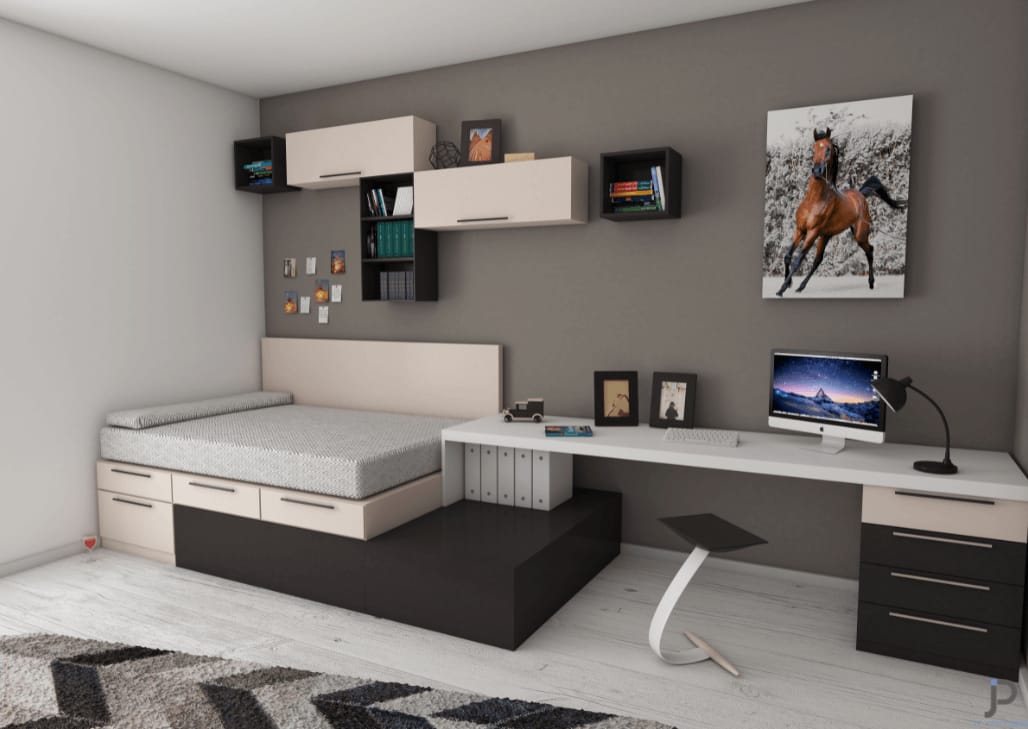
In a rapidly evolving world, where the
lines between work, leisure, and personal spaces are becoming increasingly
blurred, the role of an interior designer has taken on a pivotal significance.
Interior designers are the creative minds behind the transformation of physical
spaces into functional, aesthetic, and harmonious environments. Their expertise
extends far beyond choosing color schemes and furniture arrangements; they play
a crucial role in shaping the way we experience the places we live, work, and
play. This article delves into the multifaceted role of an interior designer,
exploring their responsibilities, skills, and the impact they have on creating
spaces in harmony.
Defining the Interior Designer’s Role
At its core, the role of an interior
designer revolves around the concept of optimizing the functionality and
aesthetic appeal of interior spaces. It is not merely about decoration, but a
strategic approach to utilizing every inch of space efficiently while ensuring
that the design aligns with the client’s needs and preferences. Interior
designers work closely with clients to understand their vision, lifestyle, and
goals for the space. Whether it’s a cozy home, a bustling office, a serene spa,
or a vibrant restaurant, interior designers craft unique solutions that embody
the essence of the space’s purpose.
The Art of Balancing Functionality and
Aesthetics
One of the most significant challenges an
interior designer faces is striking the delicate balance between functionality
and aesthetics. While creating visually appealing interiors is important, these
designs must also cater to the practical requirements of the inhabitants. An
interior designer considers factors such as space utilization, traffic flow,
lighting, and acoustics to ensure that the space serves its intended purpose
seamlessly. This involves making informed decisions about furniture layout,
storage solutions, and the placement of fixtures that enhance the overall user
experience.
Harnessing Creativity and Innovation
Interior designers are known for their
creative prowess. They possess a unique ability to envision spaces beyond their
current state and reimagine them with innovative concepts. Whether it’s
experimenting with textures, materials, or incorporating sustainable design
elements, interior designers are at the forefront of integrating creativity and
innovation into their projects. They stay updated with the latest trends,
materials, and technologies to offer fresh and forward-thinking solutions to
their clients.
The Power of Collaboration
Interior designers rarely work in
isolation. They collaborate with a diverse range of professionals, including
architects, contractors, engineers, and artisans, to bring their designs to
life. Effective communication and teamwork are crucial in ensuring that the
final result aligns with the designer’s vision and the client’s expectations. Collaboration
also extends to working closely with clients to ensure that their personal
preferences are integrated into the design, resulting in a space that is a true
reflection of their identity.
Psychology of Space
Beyond the tangible aspects of design,
interior designers delve into the psychology of space. They understand that the
environment we inhabit profoundly influences our emotions, behavior, and
overall well-being. Interior designers strategically select colors, textures,
and lighting to evoke specific moods and create atmospheres that align with the
intended purpose of the space. For instance, a spa will be designed to induce
relaxation through calming colors and soft lighting, while a creative workspace
might feature vibrant hues to stimulate productivity and innovation.
Cultural Sensitivity and Inclusivity
In an increasingly diverse world,
interior designers must also be culturally sensitive and inclusive in their
designs. They are tasked with creating spaces that resonate with a wide range
of backgrounds, beliefs, and perspectives. This requires a deep understanding
of cultural symbolism, traditions, and the ability to integrate elements that
make everyone feel welcome and represented.
Sustainable Design Practices
With sustainability taking center stage
in global conversations, interior designers are playing a crucial role in
promoting environmentally conscious design practices. They source eco-friendly
materials, incorporate energy-efficient technologies, and advocate for designs
that minimize waste and carbon footprint. By integrating sustainability into
their projects, interior designers contribute to the creation of spaces that
are not only visually appealing but also environmentally responsible.
In the modern world, the role of an interior
designer goes far beyond selecting paint colors and arranging furniture.
Interior designers are orchestrators of spaces, curators of ambiance, and
architects of experiences. They have the power to transform ordinary rooms into
extraordinary environments that elevate our quality of life. From understanding
the psychological impact of design to embracing innovation and sustainability,
interior designers, like the professionals at JP Ventures, Best Architects in
Kochi, navigate a complex landscape to bring harmony and functionality to the
spaces we inhabit. With a commitment to creativity, collaboration, and cultural
sensitivity, JP Ventures showcases the essence of what it means to be an
exceptional interior designer. As our lives continue to evolve, the role of
interior designers, exemplified by visionaries like JP Ventures, will remain
integral in shaping environments that inspire, comfort, and resonate with the
human experience.






